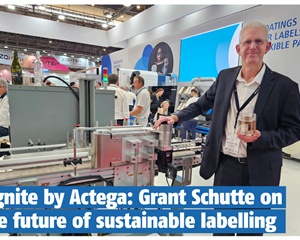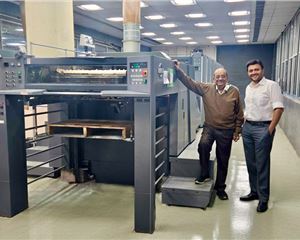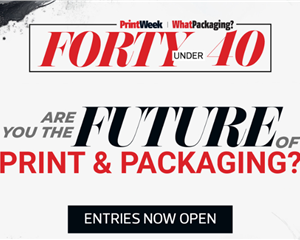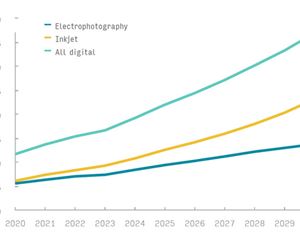Specialty and Trade books driven by precise execution and coordination
The verdict at the end of Day One of the PrintWeek Awards Jury Meet among the 11 jurors was: the landscape of specialty and trade book production is witnessing remarkable advancements, characterised by a fusion of intricate craftsmanship, sophisticated technology, and stringent quality control. This year's entries for the Book Printer of the Year (Speciality and Trade) Award showcase a diverse range of techniques and a dedication to overcoming complex production challenges.
17 Sep 2025 | By Dibyajyoti Sarma
A significant trend was the emphasis on multi-stage binding complexity. Printers are excelling at coordinating various post-press operations, including precise signature gathering, trimming, and diverse binding methods like hardbound with smooth rounded edges and lay-flat binding. The ability to seamlessly integrate elements such as head and tail bands, ribbons, and specialised case coverings, often with unconventional approaches, highlights a mastery of this area. The remarkable consistency in achieving lay-flat binding without issues, which was once a huge challenge, is a testament to this progress.
Advanced material handling and inventory coordination are also pivotal. Book print firms are adeptly managing a wide array of substrates, from various paper grades (acid-free, wood-free art paper, 40 GSM text paper) to thick boards, fabrics, and even custom-coated materials like PLC merged with canvas. The meticulous control over ink absorption, especially on thin papers, to prevent show-through and smudging, underscores the precision required in handling these diverse materials.
Furthermore, stringent production disciplines and synchronisation across design, die-making, and production teams are evident. This is particularly crucial for jobs requiring perfect alignment, such as window punching on slipcases that must precisely match cover designs, or maintaining consistent quality across multiple print runs and high quantities. The rise of digital printing integration for post-press embellishments, like Scodix-type machines for UV and gold foil on digitally printed books, also signifies a strategic adoption of technology to enhance visual and tactile appeal.
Notable examples of innovation include books with multi-colour book edges, intricate foiling (including micro-embossing and gold/silver foiling for high-impact publications), and unique tactile finishes like velvet lamination and fabric-textured covers achieved through screen printing and spot UV. The industry is also seeing a sophisticated interplay of print processes, utilising three, four, or six-colour presses, both inline and offline, for runs varying from 4,000 to over 20,000 copies.
The commitment to zero-defect production is a common thread, with rigorous quality control checkpoints throughout the factory floor. This attention to detail extends to managing environmental conditions, eliminating rejection rates, and meticulous pre-flighting. The ability to maintain consistency in ink density and account for paper batch variations, especially with Indian paper grades, demonstrates a deep technical expertise.
As jurors mentioned, achieving accurate alignment for features like window punching on slipcases with cover designs, where even a slight discrepancy can cause problems. But the work from India has gone up a notch in 2025. Likewise book print firms are ensuring proper stacking, packing, and transportation, especially for heavy books, to prevent damage during handling. For books with a thud factor and heavy contrast, ensuring quality on specialised art paper is a given.
In essence, the specialty and trade book production sector is characterised by an unwavering pursuit of perfection, driven by an exceptional ability to manage complex technical processes, diverse materials, and tight deadlines, resulting in publications that are not only visually stunning but also enduring in their quality and craftsmanship.
Trends: At a glance
Post-press embellishments which were highlighted by the jurors as interesting for the Book Printer of the Year in the speciality and trade category:
- Matte finish, matte lamination
- Spot UV and glitter UV and full UV
- Lay-flat binding
- Multicolour book edges
- Elastic plus pen-holder
- Gazetted pocket
- UV and gold foil (with a Scodix)
- Velvet lamination
- Die-punched pages (unevenly, tied with a holy thread)
- Fabric texture given with screen printing and spot UV
- Gold-silver foiling
- Embossing and debossing and spot micro embossing
- Window punching on the slipcase (aligned with cover design)
- Gold gilding on edges
- Intricate foiling
- Graining effect
- Foiling on PLC merged with Canvas
- Slip cases designed to give a niche effect to make the binding stand out
- Two hits of white opaque and regular CMYK UV ink (six-colour printing on foil paper for a complete surface foiling effect)
- ORAP (to protect the book after palletisation during handling)












 See All
See All